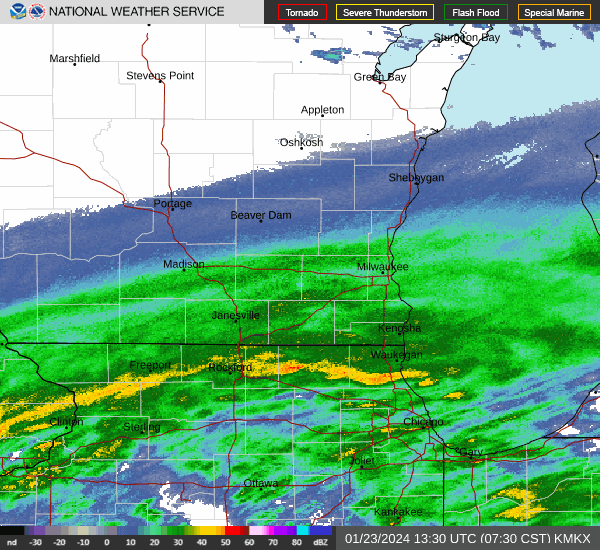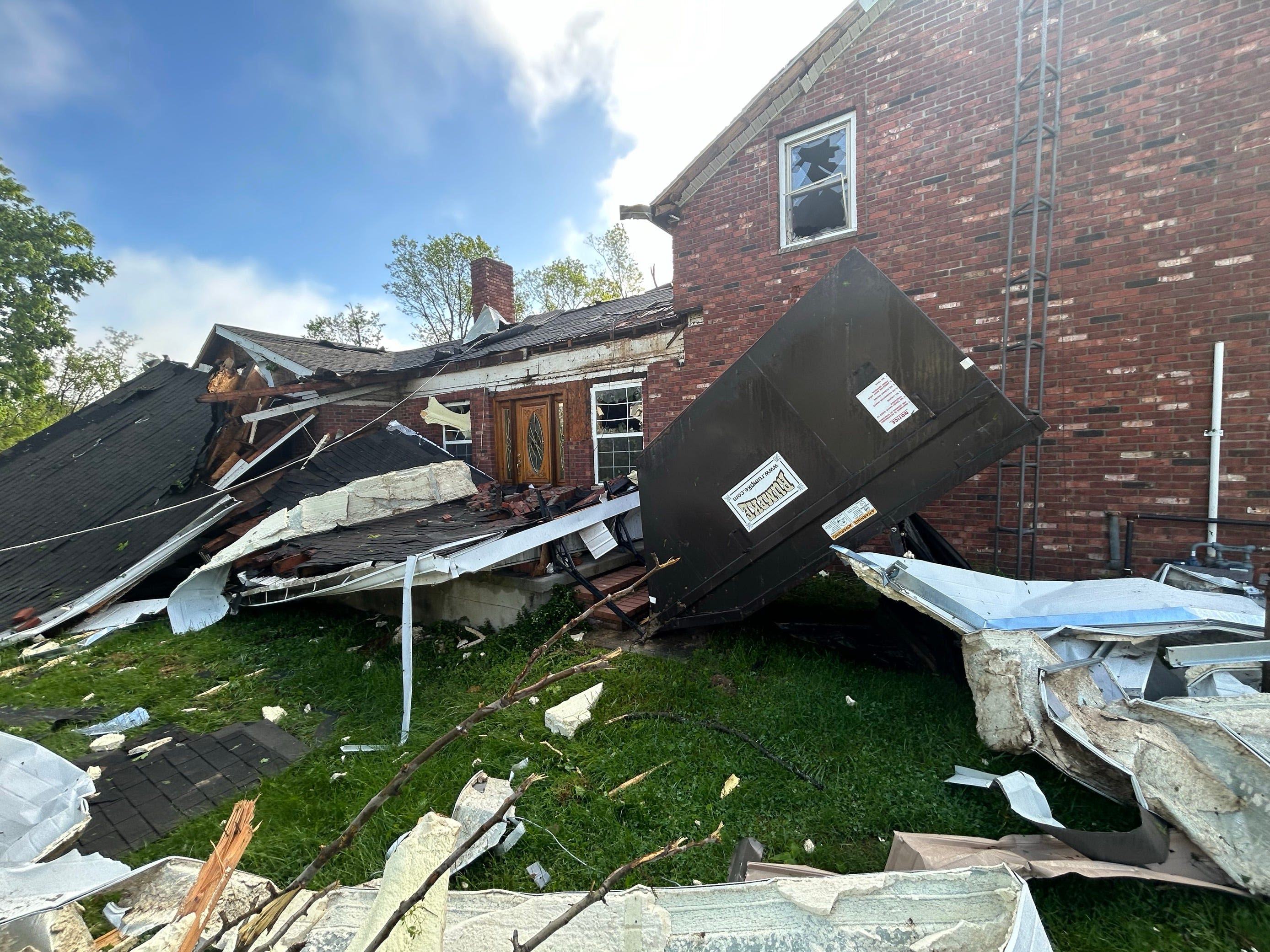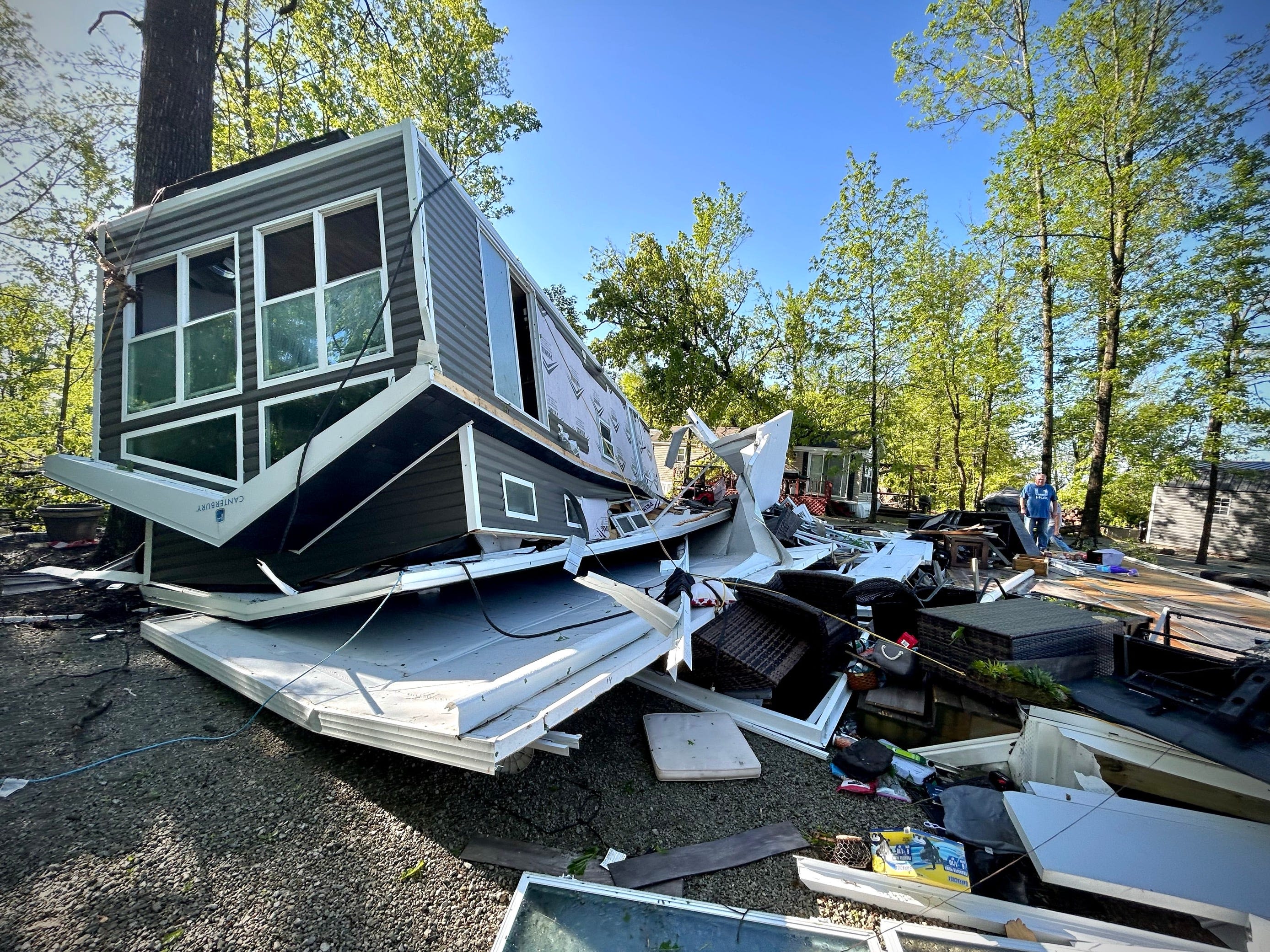Search results
Dual-polarization radar technology
- Dual-polarization radar technology, installed on NWS radars, can detect the presence of random shaped and sized targets like leaves, insulation or other debris. This gives meteorologists a high degree of confidence that a damaging tornado is on the ground, and is especially helpful at night when tornadoes are difficult to see with the human eye.
www.nssl.noaa.gov › education › svrwx101Severe Weather 101: Tornado Detection - NOAA National Severe ...
People also ask
How does a radar work in a tornado?
Can radar detect a tornado?
How do tornado warnings work?
How do you know if a tornado is radar confirmed?
Phased array technology can scan an entire storm in less than one minute, allowing forecasters to see signs of developing tornadoes well ahead of current radar technology. NSSL uses a mobile Doppler radar to position close to tornadic storms to scan the entire lifecycle of a tornado.
News about Allegheny, National Weather Service, Walworth County
News about Ohio, Warren County, Charlotte
Also in the news
Apr 25, 2024 · (AccuWeather) Radars work by sending pulses of energy through the atmosphere. When these pulses encounter particles in the air, such as raindrops, some of the energy bounces off the object and...
Apr 18, 2024 · By: Autumn Lewandowski. Posted at 12:31 PM, Apr 18, 2024. BUFFALO, N.Y. (WKBW) — As severe thunderstorms crossed northern Ohio Wednesday evening, I took some time to talk about how meteorologists...
Apr 25, 2022 · This is referred to as polarization. Dual polarized radars measure this polarization and can discern between heavy rain, hail, snow and sleet, as well as debris from a tornado. When a tornado is on the ground, it lofts dirt, plant matter and other debris into the atmosphere.




